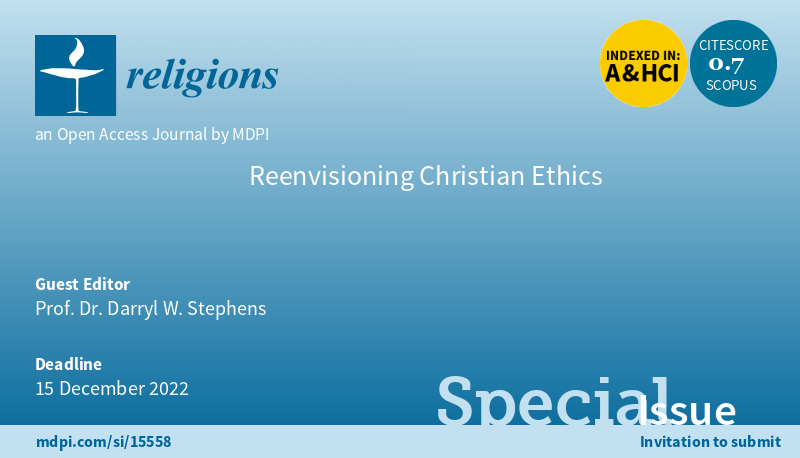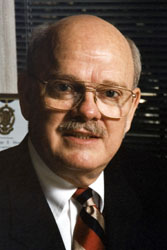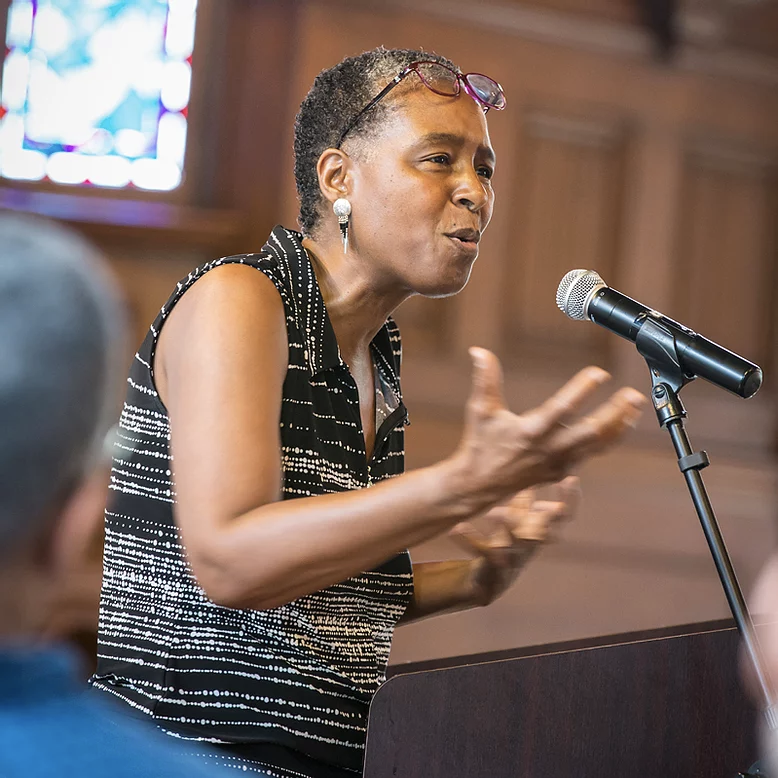Traditionalist United Methodists are making plans to launch the Global Methodist Church. This would be their new church home upon leaving The United Methodist Church (UMC). Heather Hahn, assistant editor of United Methodist News, has written a helpful background article. What do centrists need to know about this proposed denomination?
To answer this question, I have examined their Transitional Book of Doctrines and Discipline (updated October 10, 2021), which offers a glimpse of the kind of church imagined by members of the Wesleyan Covenant Association and their allies. This denominational blueprint provides a lot of detail, grist for debate, but there is also a lot unstated. One could easily get into the weeds of itinerancy, sacramental privilege of deacons, election and term of bishops, educational requirements for ordination, no trust clause, the definition of “valid Christian baptism,” exclusively masculine language for God, and of course the pages and pages of judicial administration. Steve West does a good job naming the most critical features of the Transitional Book in his open letter to Chris Ritter. I will focus on what I consider to be the most problematic issues: control, privilege, and patronage.
Control. Conservatives in the UMC have long lamented the theological pluralism of this denomination. Through church law and judicial enforcement, they have fought to reign in a denomination considered out of control. The Transitional Book serves as a corrective. First and foremost is an emphasis on right doctrine. The first few pages of this 103-page document emphasize orthodoxy, “settled doctrines and discipline,” canon, creed, authority, protection, preservation, fidelity, and accountability. The book provides “constitutive standards” as “a bulwark against false teaching” (para. 106).
How are true teachings discerned? There is no Wesleyan quadrilateral to be found in the Transitional Book. Scripture is touted not only as containing “all things necessary to salvation” (UMC Article of Religion V) but is also considered “the primary rule and authority for faith, morals, and service” (para. 104). Scripture is the moral rulebook. Apparently, the bulwark requires more than scripture, though, as adherents must affirm and are held accountable to the doctrinal standards and moral statements. The paragraphs of Social Witness assume a “consensus vision transcending cultures” when interpreting and “affirming a scriptural view of sexuality and gender,” for example (paras. 201–202). Not surprisingly, this “scriptural view” consists of heteronormativity, marriage, and a gender binary: “We believe that human sexuality is a gift of God that is to be affirmed as it is exercised within the legal and spiritual covenant of a loving and monogamous marriage between one man and one woman” (para. 202.7). Gender is “defined throughout this Transitional Book of Doctrines and Discipline by a person’s immutable biological traits identified by or before birth” (para. 306).
This attempt to provide a culture-free “consensus vision” ignores the multivocal witness of scripture as well as science. While admitting a role for scientific knowledge, “we encourage dialogue between faith and science as mutual witnesses to God’s creative power” (para. 202.4), the Global Methodist Church’s understanding of sexuality and gender seems uninformed by science. This impression is confirmed a 22-page document produced by the Wesleyan Covenant Association’s Task Force on Sexual Brokenness (December 2021). The writing team set out “seeking the wisdom of our God who is love through Scripture and our Wesleyan heritage.” The Traditionalist understandings of sexuality and gender, as explained in these documents, has nothing to do with science. Instead, the writers asserted what they call “our Christian sexual counterculture” in the face of “the clash of cultures between the Kingdom and our earthly surroundings” (pp. 8–9). This stance begs the question, Who are the arbiters of this Christian counterculture?
Privilege. The interpretation of scripture and tradition controlling the Global Methodist Church and its members’ moral behavior is shaped by white, US privilege. The Social Witness statement in the Transitional Book provides clues. It does not speak as the poor; it speaks about the poor (who are presumed not to have Jesus). There is no solidarity here. There is a presumption of privilege when offering Jesus, alms, and protection to the “less fortunate” and “those who may be powerless to protect themselves” (paras. 201–202).
The presumption of privilege is no accidental feature of the Transitional Book. Privilege is an inherent feature of the Traditionalists’ proposed denomination. The Wesleyan Covenant Association’s offer to provide vaccines to non-US delegates to General Conference is an example of this harmful mentality. Likewise, US privilege is enshrined in the Transitional Book through its funding for bishops (para. 505). All bishops’ salaries in this proposed, global denominational would be paid for by US funds.
This is a white, US project infused throughout with the trappings of hetero-patriarchal privilege and a need for control. All of the authors of the members of the Task Force on Sexual Brokenness are white people from the United States. The drafting team for the Transitional Book consists of only white men from the United States. This is an alarming starting point for anyone who takes seriously the racist past of white Protestant America as a sinful part of our history as Methodists.
Patronage. Conservatives are protecting more than their version of theological orthodoxy. They are also conserving a system of privilege and patronage with deep neo-colonial roots. Folks considering joining the Global Methodist Church must consider where they fit within this power structure—economically, politically, and morally. Will the protection and authority of the Transitional Leadership Team serve their best interests?
The answer will likely depend on the ways in which they benefit from US, hetero-patriarchal, white privilege. There are many in the UMC—both in the United States and abroad—who want to preserve their relationships of patronage and privilege, and Global Methodist Church promises a way of doing so.



